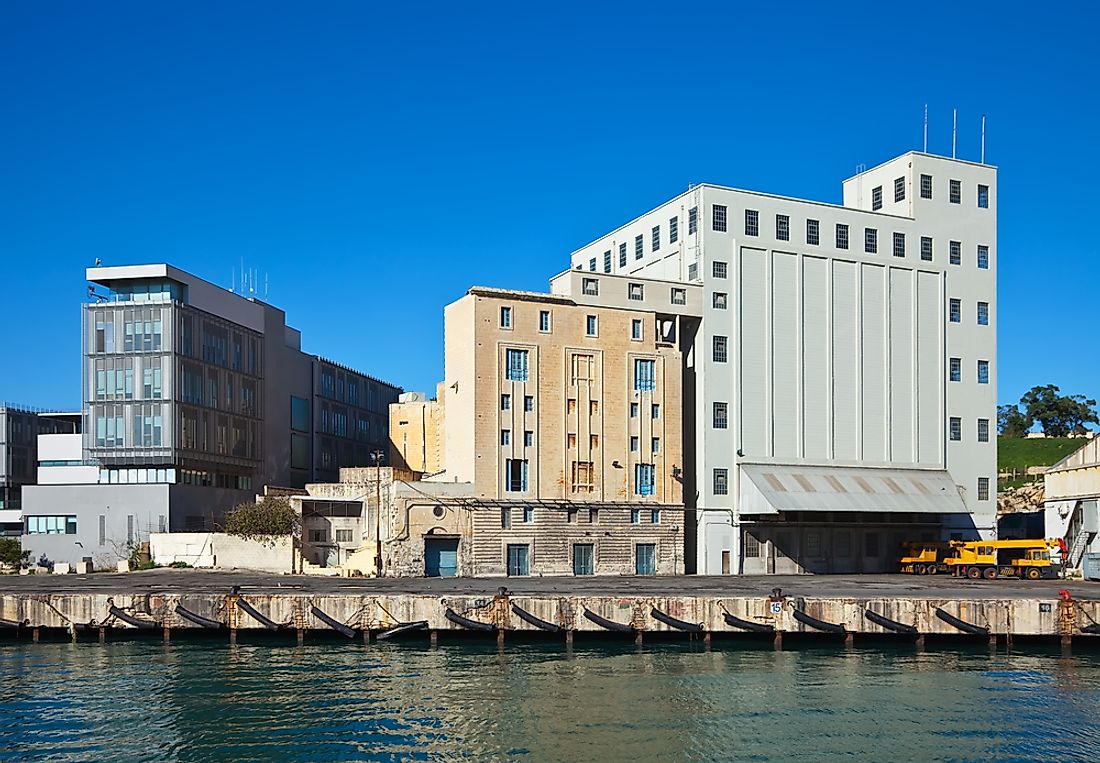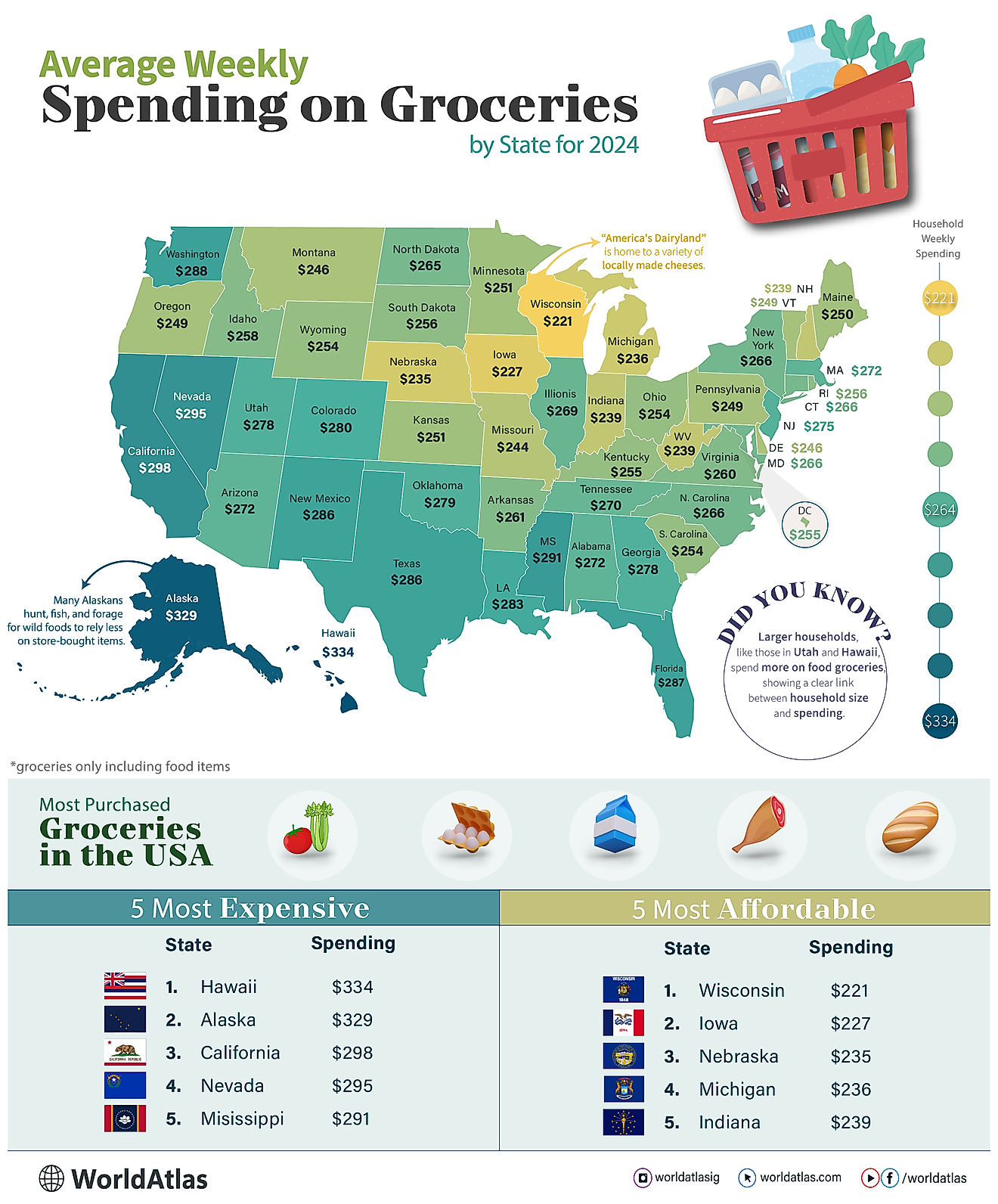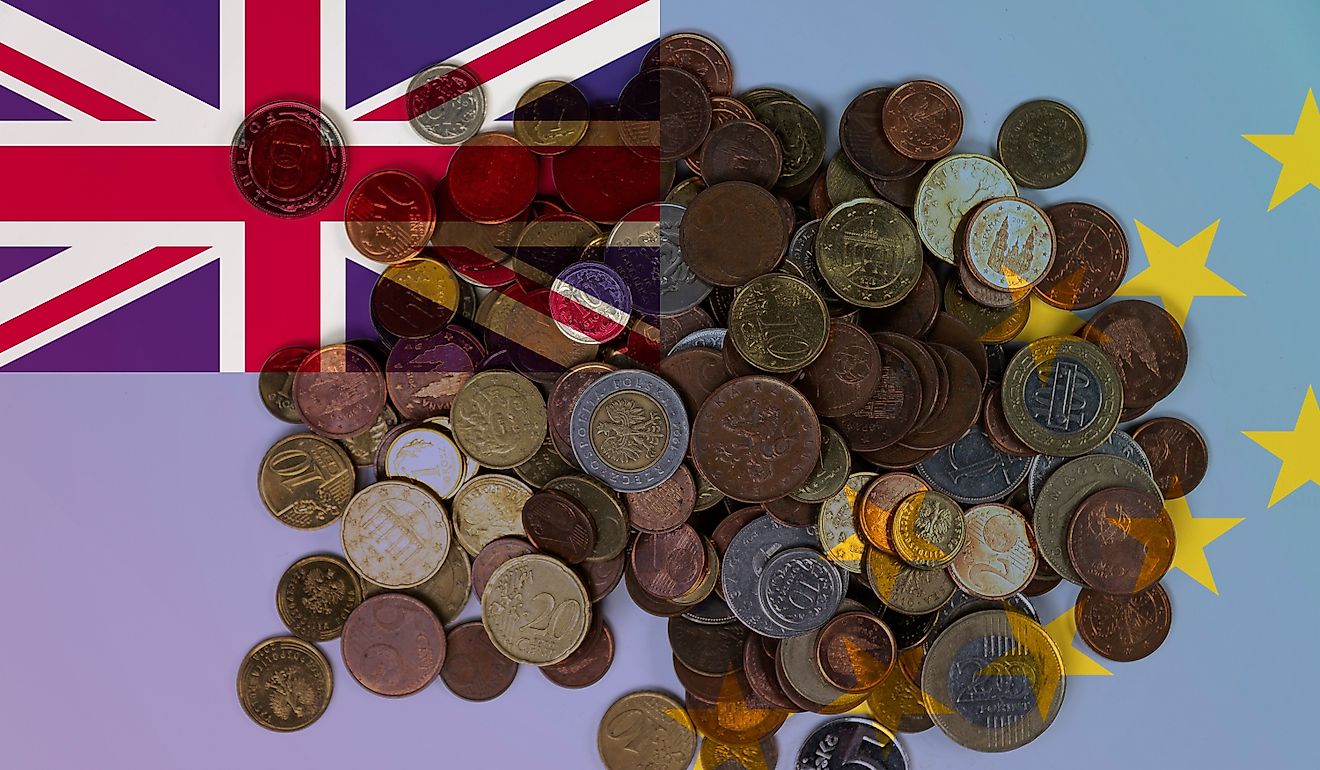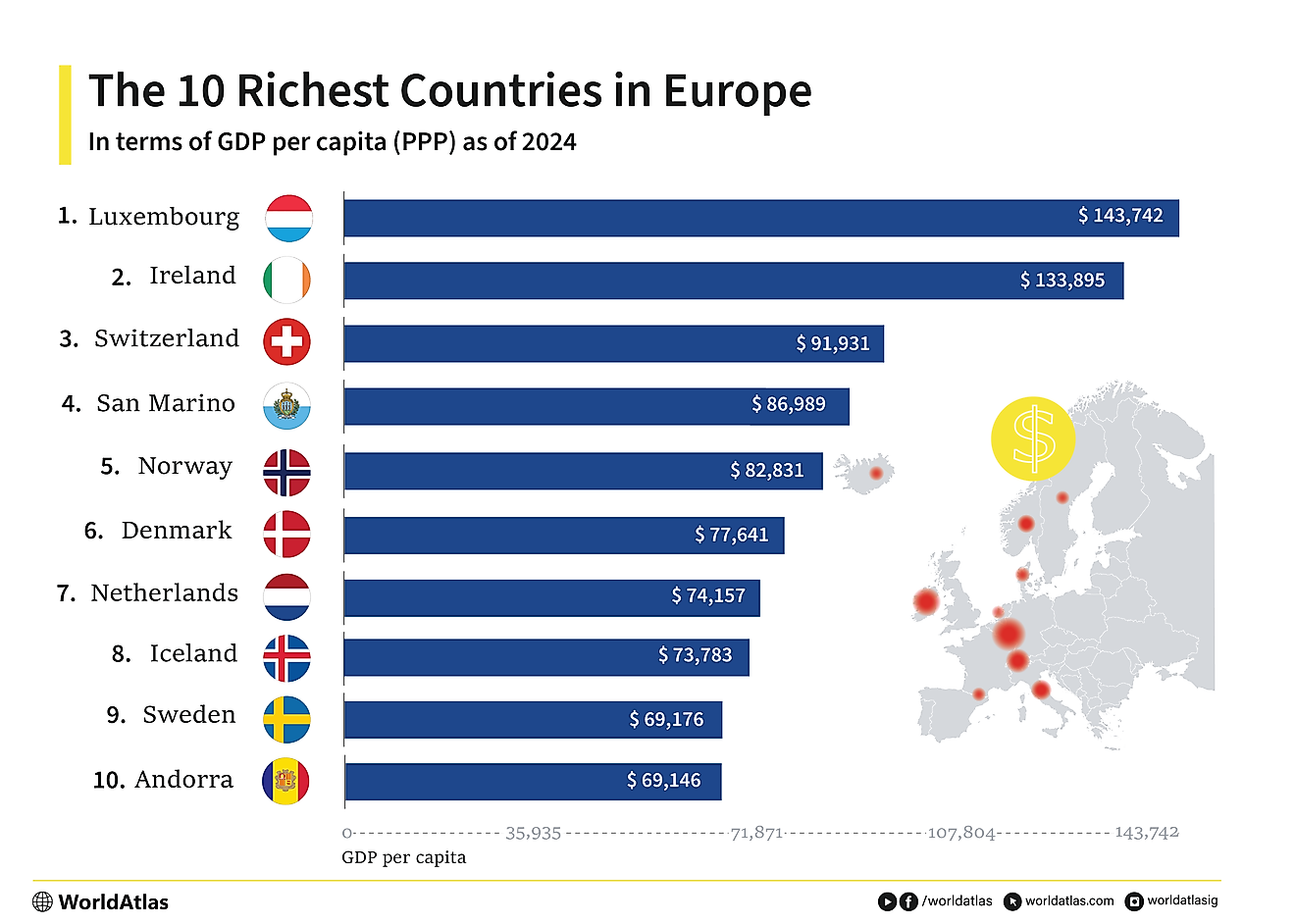What Are The Biggest Industries In Malta?

Malta is an island country in Southern Europe. It is located 50 miles from Italy, 176 miles from Tunisia, and 207 miles from Libya. Malta is among the ten smallest countries in the world with an area of about 120 square miles, but it is the fifth most densely populated state with a population of roughly 475,000.
Malta has a highly industrialized economy; it is recognized as an advanced economy and a high-income country. Malta joined the EU in 2004 and the Eurozone in 2008. The country’s economy is supported by its strategic location in the Mediterranean Sea at the crossroads between the Middle East, North Africa, and Europe. Other economic pillars include the open market economic policies, a multilingual population, a productive labor force, well-developed ICT and finance clusters, and low corporate tax. The economy is highly dependent on manufacturing, foreign trade, financial services, and tourism. The country’s GDP per capita of $30,120 is among the best in the world while the unemployment rate of 5.9% is the sixth-lowest in the EU.
The Biggest Industries In Malta?
Tourism
The tourism sector is among the primary contributors to GDP in Malta. In 2018 a record 2.6 million people visited the country signifying a 14% increase over the previous year. Tourism accounts for 27.1% of the GDP, which is significantly higher compared to 10.3% in Europe and 10.4% of the world’s GDP. The World Travel and Tourism Council reports that local employment in the tourism sector has increased substantially over the past few years. If the positive performance continues, then the sector is projected to contribute 33 percent of the GDP by 2028.
Manufacturing
The manufacturing sector in Malta is a perfect case study of systematic change. In the early days, the sector was locally oriented and revolved around beverage, food, and furniture. After independence and the country established itself as a low-cost manufacturing hub to attract foreign investors. Toy manufacturers, packaging specialists, textile, plastic, and leather companies flocked the country, creating employment for thousands of people. In the early 1990s, engineering and electronic companies set foot in Malta. Manufacturing accounts for 11% of employment and 10% of the GDP with electronics, and food and beverages establishing dominance in the sector. Most manufacturing companies are located in the country’s ten industrial parks where they benefit from the subsidized cost of production, such as cheap electricity and tax incentives on raw materials.
Financial Services
The financial service sector is the fastest growing sector of the Maltese economy. The country is recognized internationally as a world-class center for blue chip banks, investment houses, and fund managers. The sector accounts for 12% of the GDP and employs more than 10,000 people. Malta has a set of comprehensive laws that regulate financial services and provide a favorable regulatory and legal framework for the provision of such services. This indicates the government’s commitment to supporting and sustaining development in the sector.
Information Communication And Technology
Malta has achieved considerable progress in developing an ICT oriented society. The European Union ranks the country 12th out of the 28 member states in ICT adoption. It performs much better than the average of the EU in broadband connectivity and internet usage. Malta is the only country in the EU that is entirely covered by an ultra-fast internet network.











